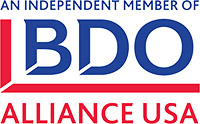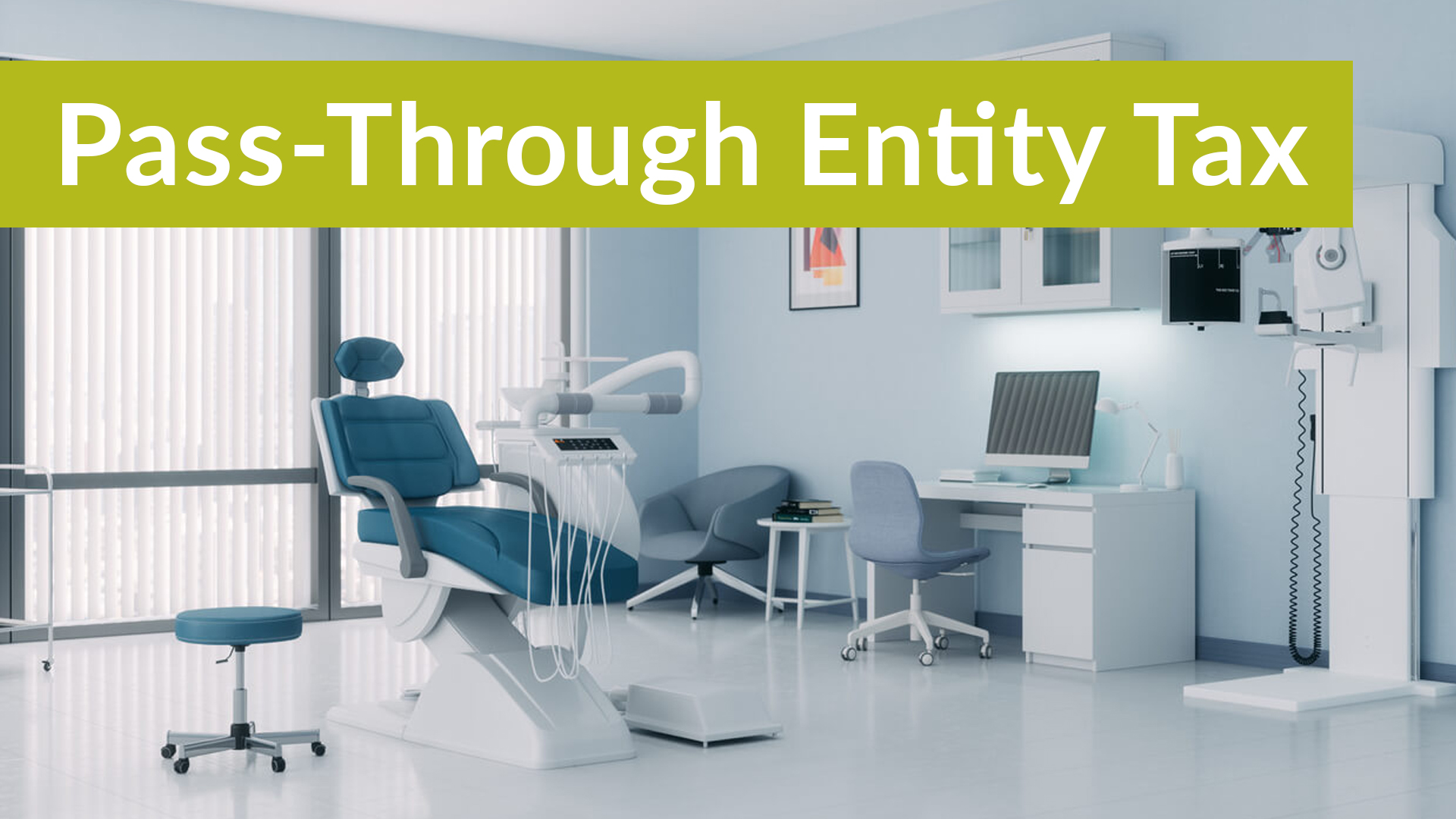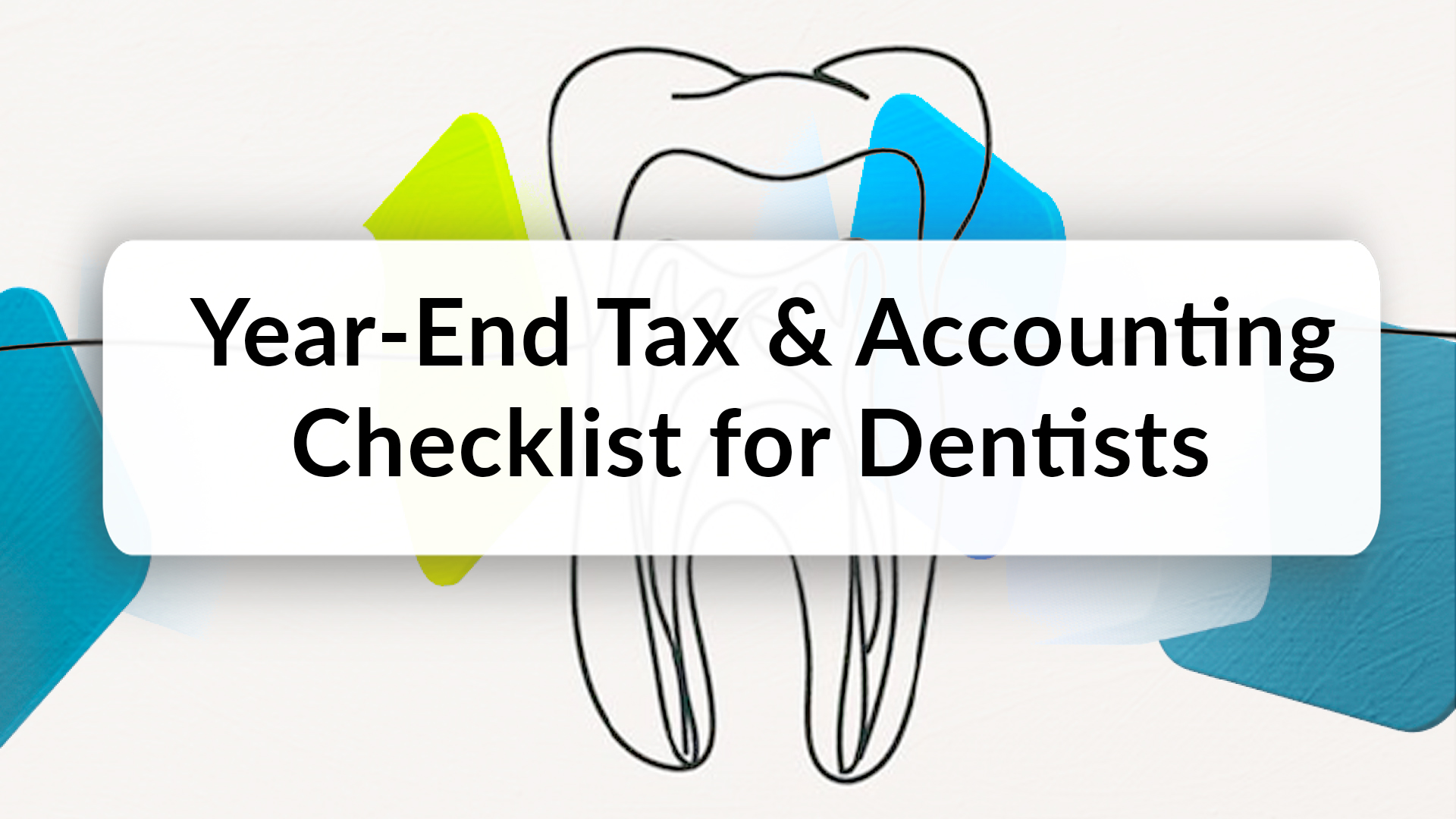If you’re steering the high-speed rollercoaster that is a tech start-up, then you know how crucial it is to navigate the maze of tax regulations. Fear not, because we’re about to delve into some serious tax strategies that can keep your financial ship afloat while you ride the waves of innovation. Buckle up, because we’re diving deep into the world of tax-savvy entrepreneurship.
Tax Strategies 101: A Tech Entrepreneur’s Guide
Introduction
Welcome to the ultimate guide for techpreneurs, where we unravel the mysteries of tax strategies tailored for the fast-paced world of start-ups. In this tech-savvy era, it’s not just about developing cutting-edge products but also about optimizing your financial framework. Let’s get down to brass tacks and explore the tax-saving avenues that can make a significant difference to your bottom line.
The Art of Deductions
Maximizing Your R&D Credits
In the tech realm, innovation is the name of the game. Did you know you can turn that innovation into tax credits? Dive into the world of Research and Development (R&D) tax credits, where your creativity not only fuels progress but also fuels your tax savings.
Section 174
Section 174 Required Amortization, a critical aspect of maximizing returns on research and development (R&D) investments.
Within the landscape of Section 174 Required Amortization, the critical optimization of returns on research and development (R&D) investments comes to the forefront. Various costs fall under the umbrella of Qualified Research Expenses (QREs), including additional personnel, benefits, depreciation, and book-to-tax expenses.
Ongoing details of the R&D Tax Credit Proposal reveal potential credits exceeding 30% to 70% compared to credit QREs, spanning labor, supplies, and contract research.
A notable change in amortization rules, effective from January 1, 2022, mandates domestic R&D expenses to be amortized over 5 years, while international R&D expenses require 15 years, utilizing a midpoint allocation.
Regardless of claiming the research credit, the identification and amortization of R&D expenses remain essential. Navigating the procedural landscape of accounting method changes involves filing a timely federal return statement, the preferred method. The continued longevity of amortization requirements is anticipated until the fiscal year concluding on April 30, 2023, with potential extension into April 30, 2024, contingent upon Congressional agreement regarding Section 174 requirements.
Expense Deductions: A Goldmine
Tech ventures often involve significant upfront costs. Don’t let those expenses drown your bottom line. Explore the myriad of deductions available for your business expenditures – from office supplies to software licenses, every penny counts.

Navigating the Start-Up Tax Landscape
Sweet Spot for Start-Up Expenses
Embarking on a new venture comes with a barrage of initial expenses. The good news? The IRS acknowledges this and provides a favorable deduction for start-up costs. Learn how to make the most of this financial breather.
Qualified Small Business Stock (QSBS)
QSBS – a game-changer for entrepreneurs eyeing future liquidity events or the sale of their business.
The tax-savvy realm of Qualified Small Business Stock (QSBS) is where the federal government opens doors for individuals under Section 1202 of the Internal Revenue Code (IRC). Picture this: a Qualified Small Business (QSB) is an active domestic C corporation with assets not surpassing $50 million post-stock issuance.
Now, not every business makes the QSBS cut. Tech enthusiasts, retail aficionados, wholesale warriors, and manufacturing maestros find themselves eligible as QSBs. On the flip side, those in hospitality, personal services, finance, farming, and mining miss out on the QSBS club.
So, what exactly is QSBS? It’s any stock acquired from a QSB after August 10, 1993, and here’s the kicker – under Section 1202, the capital gains from these qualified small businesses are a tax haven, exempt from federal taxes.
But hold on, there are rules to this game:
- Individuals Only: Sorry corporations, this one’s not for you.
- Original Issue Only: No secondary market shenanigans allowed – you must acquire the stock at its original issue.
- Cash or Property Dealings: Whether it’s cold hard cash or property, or even a service, that’s your ticket in.
- Patience is a Virtue: Hold onto that stock for a minimum of five years.
- Business Operations Rule: At least 80% of the issuing corporation’s assets must fuel the engines of one or more qualified trades or businesses.
If you’re seeking a tax oasis, consider QSBS, where smart investments meet tax exemptions. Don’t just invest; invest wisely.
The Alphabet Soup: Credits and Incentives
Leveraging the FTC: Foreign Tax Credit

As your tech empire expands globally, so do your tax implications. Uncover the Foreign Tax Credit (FTC) to ensure you’re not paying taxes twice on the same income. It’s all about keeping your profits where they belong – in your pocket.
The Power of Electric Vehicle Tax Credits

Electric vehicle tax credits work by reducing the amount of taxes you owe to the government. For example, if you owe $10,000 in federal income taxes and you receive a $7,500 tax credit for purchasing an EV, you will only owe $2,500 in taxes.
If you do not owe any federal income taxes, you may still be eligible for a tax credit. In this case, the credit can be applied to future tax returns until it is fully used.
It should be emphasized that electric vehicle tax credits are not refundable, indicating that they cannot be utilized to obtain a tax refund. They can only be used to reduce the amount of taxes owed.
For more information, visit our in-depth article – Electric Vehicle Tax Credits – Exploring the Benefits
Common FAQs on Tax Strategies for Tech Start-Ups
- Can I claim tax credits for unsuccessful R&D projects?
- Absolutely! The IRS allows you to claim R&D credits for both successful and unsuccessful projects. It’s the effort that counts.
- What qualifies as a start-up expense?
- Start-up expenses include costs incurred before your business begins its active operations. This can range from market research to legal fees.
- Is QSBS applicable to all types of businesses?
- QSBS is primarily designed for C corporations, but certain qualifications must be met. Consult with your tax advisor to determine eligibility.
- How can I ensure I’m maximizing my foreign tax credits?
- Keep meticulous records of your foreign income and taxes paid. A qualified tax professional can guide you through the intricate process.
- Are there specific industries that benefit more from the PTC?
- Yes, the PTC is tailored for businesses engaged in renewable energy, making it a lucrative incentive for tech companies contributing to sustainable practices.
- Can I retroactively claim R&D tax credits?
- In some cases, yes. The IRS allows you to amend your previous tax returns to claim R&D credits for eligible activities.
Conclusion: Charting a Tax-Efficient Course
In the fast-paced world of tech start-ups, every dollar saved is a dollar invested in innovation. By mastering these tax strategies, you’re not just balancing the books; you’re supercharging your business for future growth. Stay tax-savvy, stay innovative, and let your entrepreneurial spirit soar!





